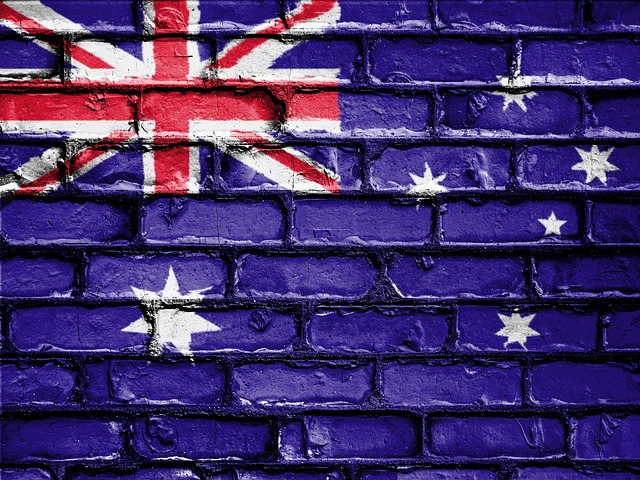The American Ultimate Ultimate Flags Peace Sign has become an enduring symbol of anti-war demonstrations and peaceful protest within the United States, reflecting a tradition of Americans exercising their right to assembly with a dual message of patriotism and advocacy for peace. These symbols, when combined, illustrate the complex interplay of national identity and global aspiration for harmony, capturing the essence of American values rooted in unity and nonviolence. Over time, this iconic representation has adapted to various social movements, transcending its anti-war origins to become a universally recognized emblem of hope, solidarity, and collective action. The evolution of the American Flag Peace Sign is a testament to its adaptability and significance in expressing ideals of peace across different contexts and generations, from its cultural journey to its presence at global anti-war demonstrations in 2021. It underscores the role of visual symbols in political activism and their ability to ignite collective action, articulate shared aspirations for change, and contribute to discourse on peace and conflict resolution.
The interplay of symbols has long shaped the narrative of social movements, among them, the anti-war demonstrations that have punctuated U.S. history. This article delves into the potent convergence of the American Flag and the Peace Sign, emblems that, when juxtaposed, have come to symbolize a profound yearning for harmony amidst conflict. Explore the evolution of these anti-war demonstrations, the transformation of the peace sign from a countercultural statement to a mainstream symbol, key historical moments where both icons united for change, and the global resonance of this enduring solidarity. Join us as we examine the power of these symbols in uniting diverse voices against war, and how they continue to be integral to the discourse on peace.
- Waving the American Flag with Peace in Mind: The Evolution of Anti-War Demonstrations
- From Protest to Symbol: The Peace Sign's Journey from Counterculture to Mainstream
- Historical Milestones: Key Moments Where the American Flag and Peace Sign United for Change
- The Power of Combination: How the American Flag and Peace Symbol Speak Volumes Together
- Chronicling the Solidarity: Global Perspectives on Anti-War Demonstrations with the American Flag and Peace Sign
Waving the American Flag with Peace in Mind: The Evolution of Anti-War Demonstrations
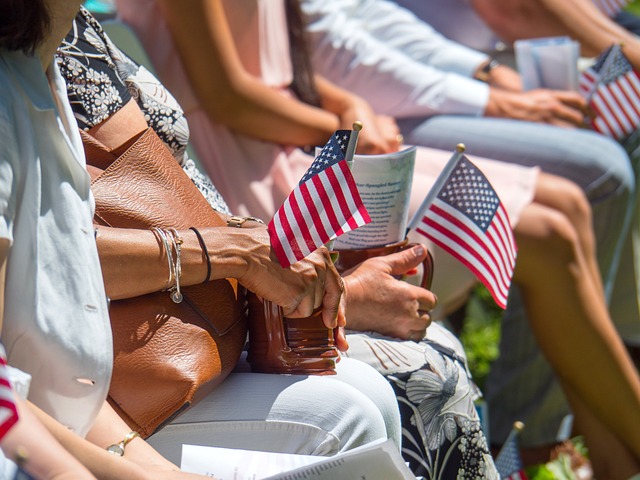
The American Flag, a symbol of national unity and pride, has often been wielded as a potent emblem in the anti-war movement. Throughout American history, individuals who oppose war have incorporated the flag into their demonstrations, not as an endorsement of conflict, but as a call for peace with American values at its heart. These protests, rich in diversity and united by a common cause, have evolved over time, adapting to social changes while retaining the core message of seeking harmony without violence. The iconic peace sign, often paired with the American Flag, has become an enduring image of these demonstrations, representing the desire for a nation that prioritizes diplomacy and peaceful resolution over military engagement. As anti-war sentiments have persisted, the use of these symbols in public displays has grown more nuanced, reflecting the complexity of the issues at hand and the multifaceted nature of American political expression. The evolution of anti-war demonstrations is a testament to the enduring spirit of democracy and the right to assemble peacefully, with the American Flag and the peace sign standing as powerful icons against the backdrop of such discourse.
From Protest to Symbol: The Peace Sign's Journey from Counterculture to Mainstream
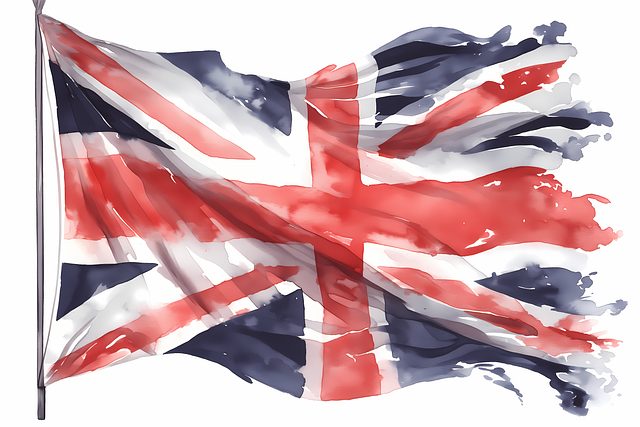
The peace sign, a symbol of anti-war sentiment and nonviolent protest, has traversed a remarkable journey from its origins in counterculture to its recognition in mainstream society. Initially conceived as a defiant gesture against war and violence, it became an emblem of the 1960s’ countercultural movement, most famously popularized by activist Carl Knoch in 1958. Over the decades, this symbol—often associated with the American Flag Peace Sign, a variation that incorporates elements of the United States flag—evolved to represent broader ideals of peace and solidarity. It transcended its association with anti-war demonstrations to become a universally recognized sign of hope and harmony. Today, it stands as a testament to the power of collective action and the enduring quest for peace, often juxtaposed with the American Flag, symbolizing both dissent and unity within the framework of democratic expression. The iconography of the peace sign, alongside the American Flag Peace Sign, continues to resonate in various forms of media, public events, and social movements, underscoring its enduring significance and adaptability across different contexts.
Historical Milestones: Key Moments Where the American Flag and Peace Sign United for Change
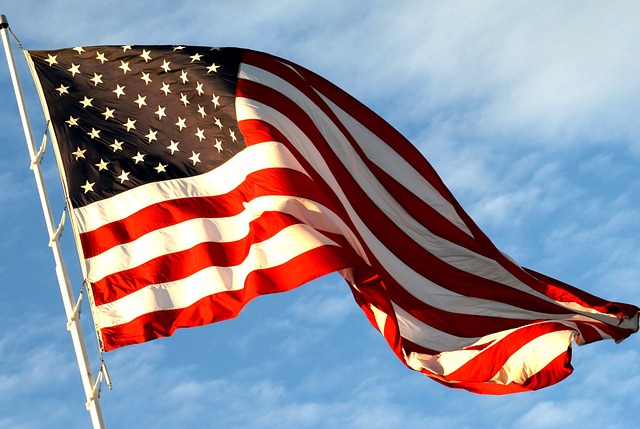
Throughout history, the confluence of the American Flag and the peace symbol has often marked pivotal moments in the pursuit of change and opposition to war. One such milestone was during the Vietnam War era, where the combination of these two emblems became synonymous with the anti-war movement. College campuses across the United States, particularly those like Berkeley, were hotbeds for activism, with students waving Old Glory alongside the peace symbol in a dual display of national pride and a yearning for an end to hostilities abroad. This powerful imagery captured the essence of a generation’s struggle between their love for country and their desire for peace, encapsulating the complex emotions of the time.
Another significant historical moment where these icons intersected was during the anti-nuclear demonstrations of the 1980s, particularly the peaceful protests against nuclear weapons at sites like Greenham Common in England. The American Flag, as a symbol of the protesters’ connection to their country’s democratic values, was often seen alongside the peace symbol, emphasizing the call for disarmament and a safer world. These dual symbols became a rallying point for individuals who sought to influence policymakers and change the trajectory of global conflict, showcasing the potential for unity and advocacy in the face of shared concerns for peace and security.
The Power of Combination: How the American Flag and Peace Symbol Speak Volumes Together

The juxtaposition of the American Flag and the peace symbol is a poignant visual statement that encapsulates the complexities of American civic expression. This combination, often seen in anti-war demonstrations, represents a blend of patriotism with a yearning for global harmony. The red, white, and blue of the flag, steeped in the nation’s history and values, is paired with the semotic power of the peace symbol—a simple yet universally recognized gesture for nonviolent protest. Together, they speak to a diverse spectrum of American ideals: love of country alongside a commitment to universal human rights and pacifism. The image conveys a multifaceted message that resonates with both the local context of American civil discourse and the global conversation on peace and conflict resolution. It’s a compelling representation that underscores the potential for unity in diversity, reflecting the aspirations of those who seek to reconcile national identity with an international call for peace. The interplay of these symbols is a testament to the enduring power of visual communication in the realm of political activism and serves as a reminder that collective action often begins with the fusion of symbols that capture the essence of shared aspirations.
Chronicling the Solidarity: Global Perspectives on Anti-War Demonstrations with the American Flag and Peace Sign
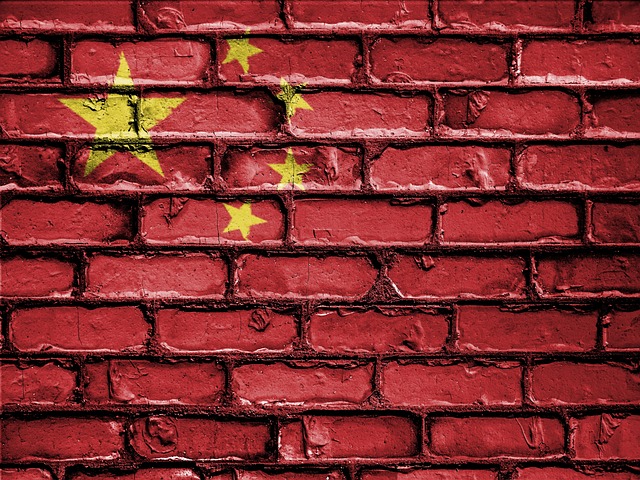
2021 marked a resurgence in global anti-war demonstrations, with a notable presence of the American flag and peace signs becoming emblematic of these movements. Across continents, from the cobblestone streets of European capitals to the bustling avenues of Asian metropolises, individuals united under a common cause: to voice opposition against conflicts and call for global harmony. The American flag, often interpreted as a symbol of freedom and democracy, was woven into the fabric of these protests, representing both solidarity with U.S. values and a collective yearning for peace. Concurrently, the peace sign, a universally recognized emblem of nonviolence and disarmament, became a powerful visual statement in these demonstrations, encapsulating the diverse yet unified voices that echoed across nations. The interplay of these symbols underscored the multifaceted nature of anti-war sentiments, reflecting a shared desire to challenge militaristic policies and advocate for peaceful solutions on the global stage. The confluence of cultural expressions through national and universal peace symbols highlighted the interconnectedness of international issues, particularly as they pertain to the American experience and its impact on the world’s collective conscience.
